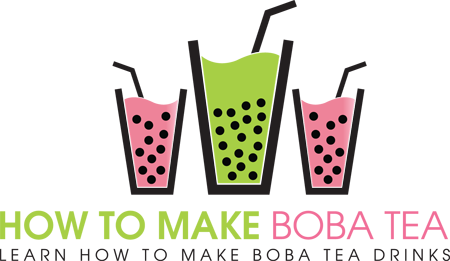Boba Tea, also known as pearl milk tea, is a tea-based drink that is believed to be invented in Taichung, Taiwan in the 1980s. Boba tea typically contains a tea base and fruit or milk to which tapioca balls and other fruit jellies are added. The drink is referred to as pearl milk tea when small tapioca balls are added. It is called boba tea when large, chewy tapioca balls, called boba, are added. Boba tea and bubble tea are interchangeably used in America and Europe but there is a clear distinction between the two in Taiwan, the drinks’ country of origin.
Both boba tea and pearl milk tea have many variants as many kinds of ingredients may be added to them. Almost every tea shop has a different recipe for the tea-based drinks.
Boba tea has two basic types: milk teas and fruit-flavored teas. Some enterprising tea shops offer a hybrid version that is a combination fruit milk tea. The milk tea version includes either powdered dairy or non-dairy creamers although some tea shops offer fresh milk version. The chewable, black tapioca balls are added to the milk tea to create the boba milk tea.
The fruit-flavored teas are made up of tea, fruit flavor or actual fruit juice, and tapioca balls. There are also other versions where tea is no longer added. They are more of fruit smoothies with added tapioca balls.
Different flavors, mostly fruit, are added to the boba tea. Some of the popular fruit flavors are strawberry, passion fruit, mango, watermelon, lychee, peach, pineapple, cantaloupe, coconut, avocado, jackfruit, and durian. Other non-fruit flavors such as chocolate, coffee, ginger, caramel, and others are also added to the drink.
History of Boba Tea
The most credible story about the beginning of boba tea involves the Chun Shui Tang Teahouse in Taichung, Taiwan whose owner modified the Japanese method of serving cold coffee into their version of cold tea. The cold tea served by the teahouse became famous, resulting to the establishment of several branches. The actual invention of the boba tea is attributed to the teahouse’s product development manager, Lin Hsiu Hui, who playfully dumped her sweetened pudding with tapioca balls into her iced tea drink during one of their staff meetings. She liked what resulted from her playful concoction and shared it with the other people in the meeting who liked it as well. They decided to include the drink into the teahouse’s menu and eventually it became their top-selling product.
The drink was copied, modified, and improved by other teahouses in Taiwan. It became so popular it developed a cult-like following not only in Taiwan but in other countries of Southeast Asia as well.
At present, boba tea has large patronage in many countries in the world, including in America and in Europe. What used to be a fad drink among young adults of Asian origin in predominantly Asian suburbs of the United States, Canada, and the European countries has become the favorite drink of people, regardless of race and age group.
